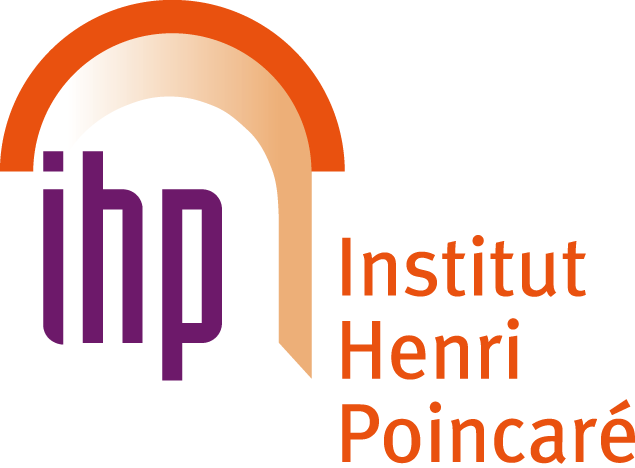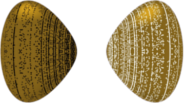

|
||||||||

|
||||||||

|
||||||||

|
||||||||

|
||||||||

|
||||||||

|
||||||||
Poincaré instituteReinventing rational points |
|
||||||||
|
This website is the home site for the IHP thematic period on rational points which will take place at Henri Poincaré Institute from April to July 2019. DescriptionRational points on algebraic varieties represent a modern way of thinking about one of the oldest problems in mathematics: integral and rational solutions of Diophantine equations. In arithmetic geometry one views rational points in the context of geometric properties of underlying algebraic varieties. In analytic number theory many different analytic techniques are used to count the number of rational or integral points, and so understand their “average” behaviour. In logic, rational points feature prominently in the work on Hilbert’s Tenth Problem over Q, which asks for an algorithm to decide the existence of rational solutions to all Diophantine equations. Here one searches for examples of “weird” or “far from average” behaviour of rational points. There is a large body of conjectures that describe the behaviour of rational points. They include various versions of Mazur’s conjectures on the real topological closure of the set of rational points. A related circle of conjectures deals with the Brauer–Manin obstruction designed to describe the closure of the set of rational points inside the topological space of adelic points. It is conjectured that the Brauer–Manin obstruction should exactly describe this closure for certain classes of algebraic varieties such as rationally connected varieties, K3 surfaces and algebraic curves. Supportive heuristic and theoretical evidence for these difficult conjectures is slowly emerging from the work of many people. The Batyrev–Manin conjectures on the growth of rational points of bounded height have received much attention by analytic number theorists. New techniques that have revolutionised analytic number theory, such as additive combinatorics (Green, Tao, Ziegler) or arithmetic invariant theory (Bhargava, Gross), have made it possible to solve some of the long standing problems in arithmetic geometry. A new feature in recent years has been an increased interaction between the analytic and geometric thinking: questions motivated by various counting problems give rise to novel geometric ideas, whereas conjectures coming from geometry open up new fields of investigation for analytic number theorists. The aim of this thematic period is to bring together senior and junior mathematicians from the various domains related to rational points to foster new interactions and new research. |
|||||||||



